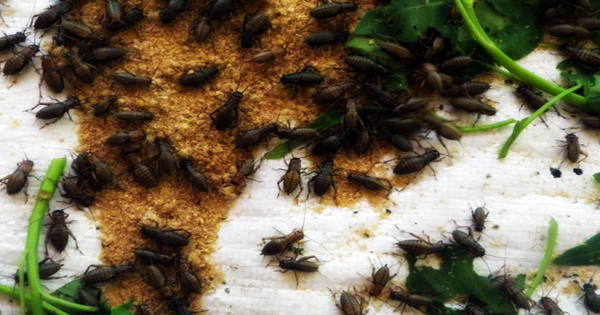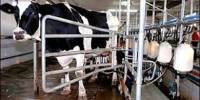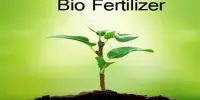A beetle bores a hole in a tree trunk to create a gallery in the wood to shelter its young. It distributes ambrosia fungal spores that will nourish the larvae while it digs the tunnel. The adult beetles will be the transmission vectors of the fungus spores in another environment if these bore another tree. According to a paper published in the journal Biological Reviews, this mutualism between insects and ambrosia fungus might be more than 100 million years old, far older than previously assumed.
The study uses the Cretaceous fossil records of these biological groups to examine for the first time the symbiotic relationships and coevolution between ambrosia fungus and beetles from a paleontological perspective. Experts David Peris and Xavier Delcls from the Faculty of Earth Sciences and the University of Barcelona’s Biodiversity Research Institute (IRBio), as well as Bjarte Jordal from the University of Bergen, are among the study’s authors (Norway).
Beetles that grew fungi millions of years before human agriculture –
Because many insects are only available in nature during specific seasons or months, insect farming in a confined or indoor setting is an important way to ensure that food is available all year. To enhance food supply and decrease the environmental effects, it is especially necessary to expand scale (as well as lower cost) and efficiency of insect and insect-based food production and consumption.

Termites, ants, and beetles evolved the capacity to produce fungus millions of years ago in order to feed. This symbiosis between insects and fungus, one of the most well-studied in nature, has been a similar evolutionary strategy in human farming operations since the Neolithic period.
Several scientific fields are interested in learning more about the origins of insect-fungal symbiosis. Forest and crop plagues are now caused by mutualism between ambrosia symbiont beetles and fungus, resulting in significant ecological and economic damages. “It’s still unknown which ecological variables aided the emergence of fungal farming and how it evolved into a symbiotic relationship with obligatory reliance,” says David Peris, the study’s first author.
When did the lineage of farming insects begin?
Beetle fungiculture is thought to have begun more than 50 million years ago, before other insects, according to evolutionary research, with other studies dating it back to 86 million years ago. “The symbiotic association between fungus and beetles would have most likely begun more than 100 million years ago, during the early Cretaceous, among groups of beetles that had gone unnoticed,” says researcher David Peris.
Experts examined many specimens showing worldwide spread of biological groupings preserved in Cretaceous amber as part of the study. As a result, according to the scientists, the genesis of ambrosia fungus is older than the main groups of beetles from the subfamilies Scolytinae and Platypodinae Curculionidae family, which currently produce fungus in tree trunks.
“This suggests that these fungi used some other group of insects to spread millions of years ago,” notes the researcher. According to earlier studies, other beetle families with comparable behavior to ambrosia beetles, such as the Bostrichidae and mainly Lymexylidae families, have an older and more plentiful fossil record that would correspond with the development of ambrosia fungus.
“The most interesting thing he continues is that some studies note the ability to cultivate fungi in some of these current species.”
Evolutionary convergence towards an obligate mutualism –
When beetles inhabit a new tree trunk or limb, the fungus begin to develop. The abundance of fungus and wood-boring insects during the Cretaceous period aided the domestication of certain fungi. The fungal spores were first accidentally carried from tree to tree by wood-boring beetles, “until this mutually beneficial association evolved towards a more intimate symbiosis in which fungi were inoculated into a tree, the fungal mycelia grew, and beetle larvae fed on the fungus,” according to Bjarte Jordal.
The morphological and ecological adaptations of biological groups that converged in an obliged mutualism were aided by this combination of variables, as well as the symbionts’ strong capacity to adapt and change. That is, a mutually advantageous symbiotic connection between insects and fungus that continues to exist.
“However, we need more studies on the knowledge of the ecology of the species from the Lymexylidae and Bostrichidae families to get more specific conclusions. As a result, the finding of new fossils of these groups in cretaceous amber would undoubtedly aid our understanding of the evolutionary history of this symbiotic connection that still exists today,” concludes Professor Xavier Delclòs.
















